It is hard to imagine, staring at The Rock, that it conceals about 55 kilometres of tunnels, mostly excavated during the Second World War.
By Nick Nutter | Updated 9 Apr 2024 | Gibraltar | Places To Go |
Login to add to YOUR Favourites or Read Later
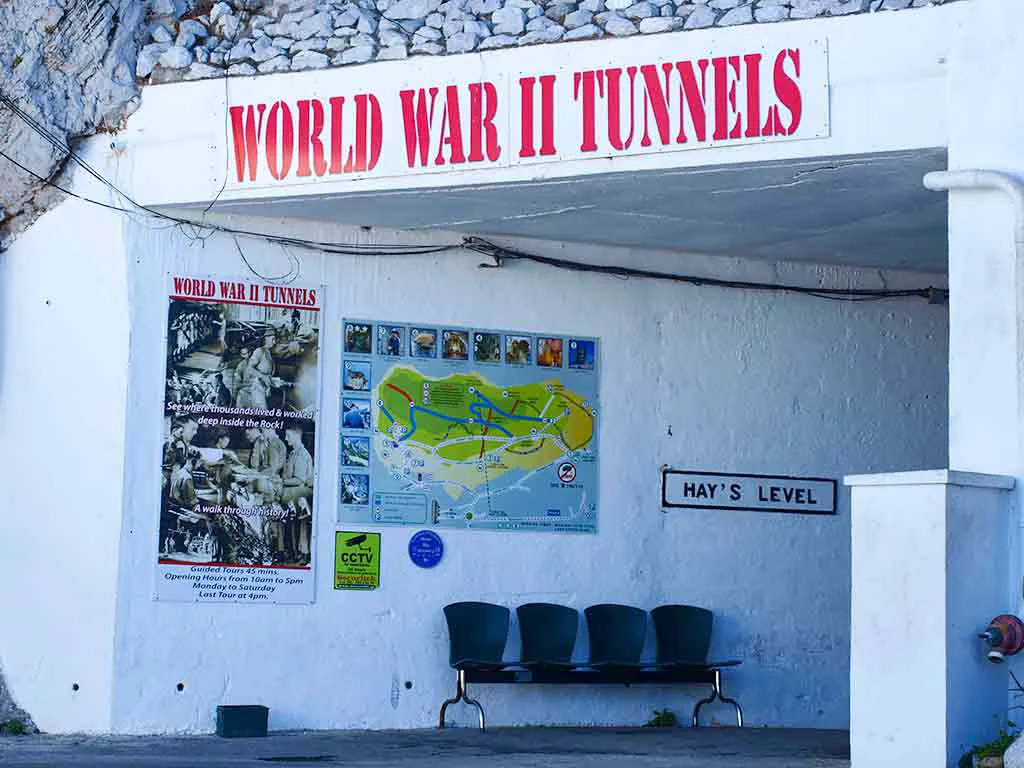
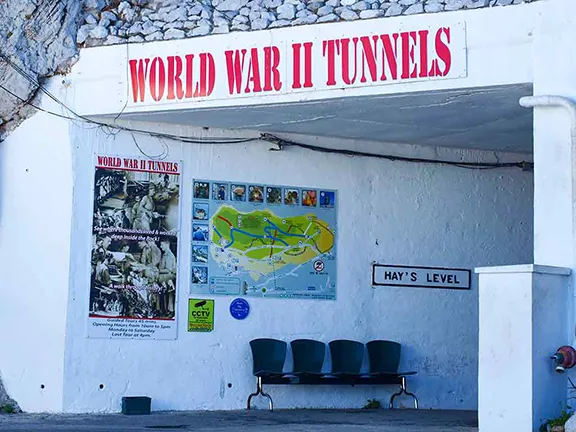
World War II Tunnels Gibraltar
The tunnel network in Gibraltar originated during the 18th century Great Siege and they have been extended until the last tunnel, Molesend Way was completed in 1967. But it was during the Second World War that a huge tunneling operation was carried out.
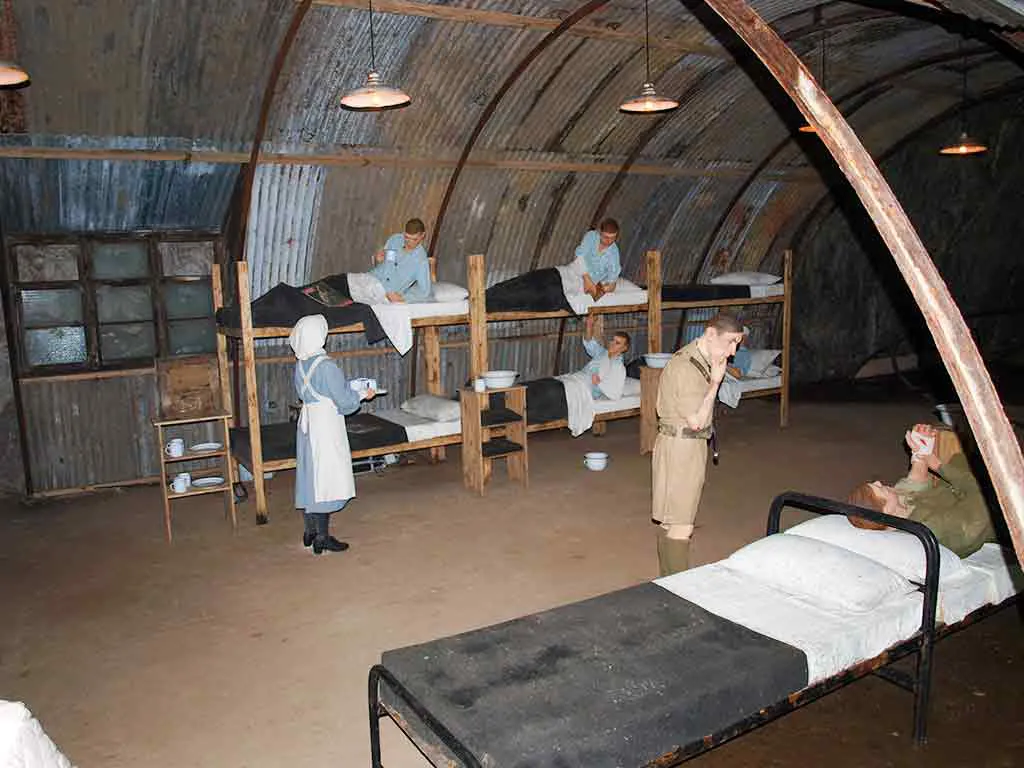
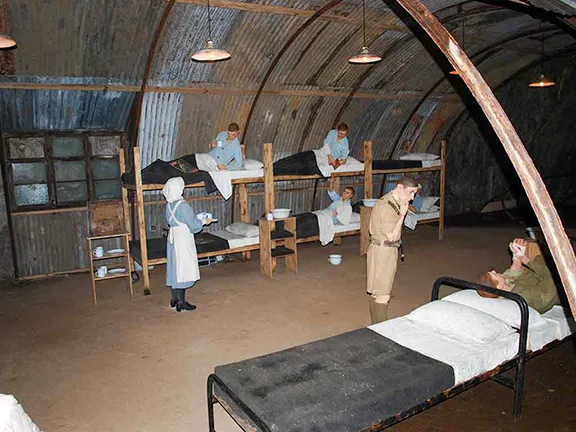
World War II Tunnels Hospital
After Italy entered the war in 1940 and Hitler’s army occupied France (following the ignominious yet magnificent evacuation of allied forces from Dunkirk), Britain was the only allied power in Europe opposing Germany until Germany declared war on Russia in June 1941 by launching Operation Barbarossa, the invasion of Russia.
During 1940, Hitler made it quite clear that he expected neutral Spain to allow him to send troops through Spain to invade Gibraltar, an operation called Operation Felix.
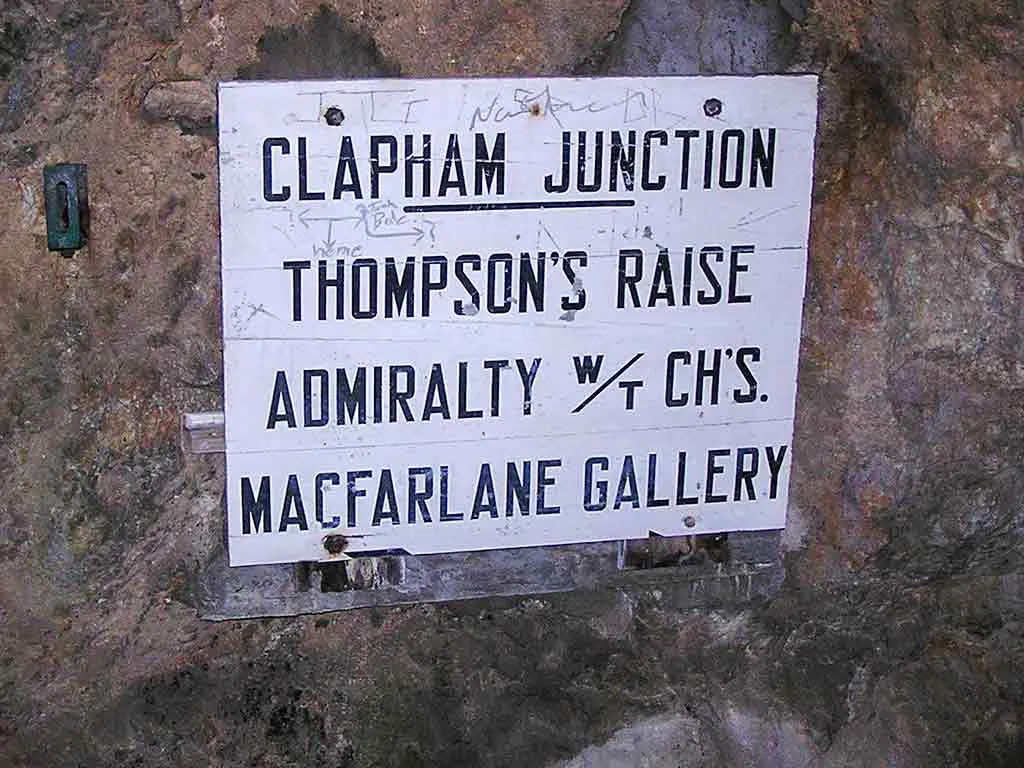
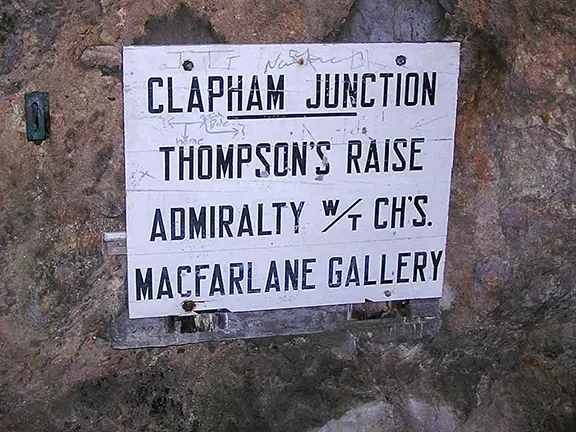
World War II Tunnels Clapham Junction
It was a crucial time for Gibraltar since its strategic position allowed it to control the Gibraltar Straits and protect the allied shipping that passed through the Straits with supplies for troops stationed in Malta, North Africa, Greece and Crete.
The naval base at Gibraltar was crucial as a supply and repair depot for the Allied Fleet, strategically placed to make attacks on enemy positions and shipping in the Mediterranean, defend the Suez Canal, and in a position to make forays into the Atlantic Ocean.
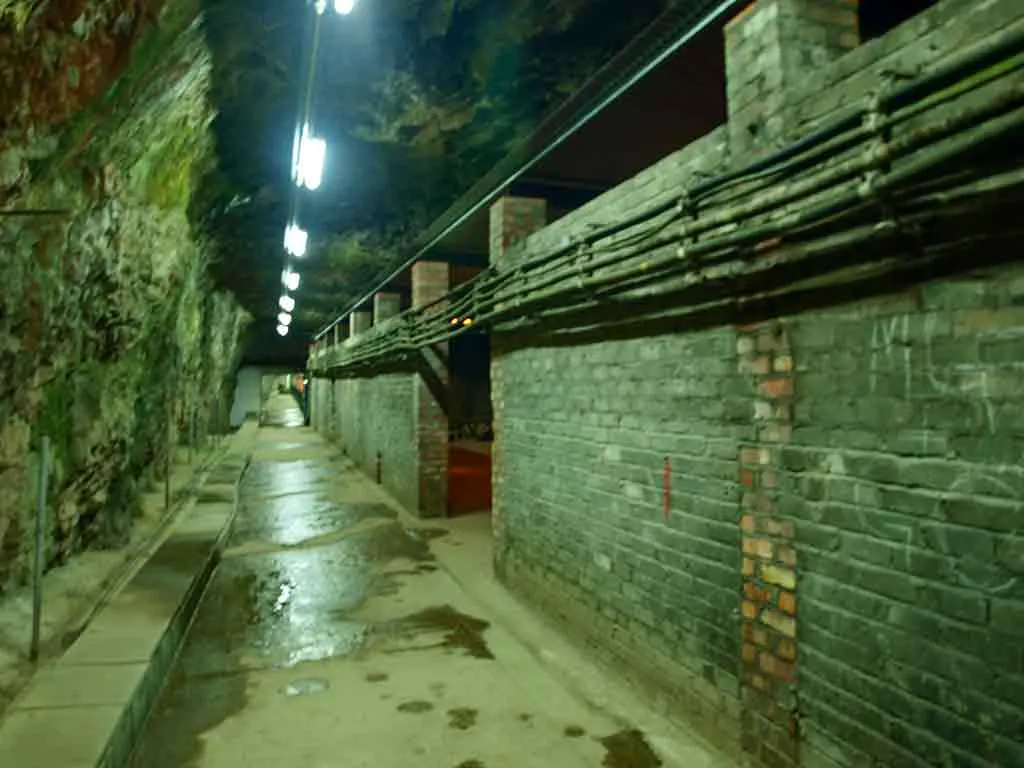
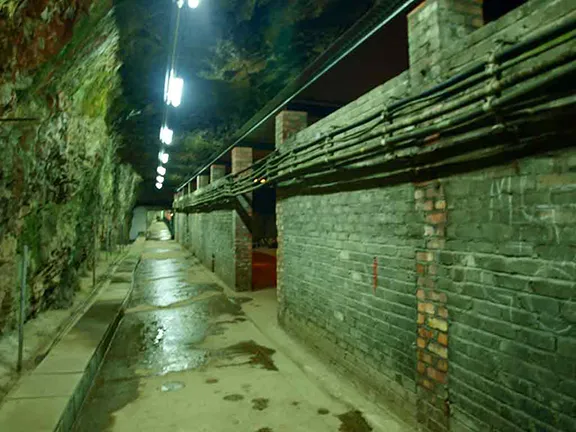
World War II Tunnels storerooms and barracks
Gibraltar was vulnerable from the air, as the Vichy French showed on the 24th and 25th September 1940, when they launched air raids on Gibraltar. Damage was caused to the naval base, one ship, an armed trawler called HMT Stella Sirius, was sunk and there were several casualties amongst the civilian population.
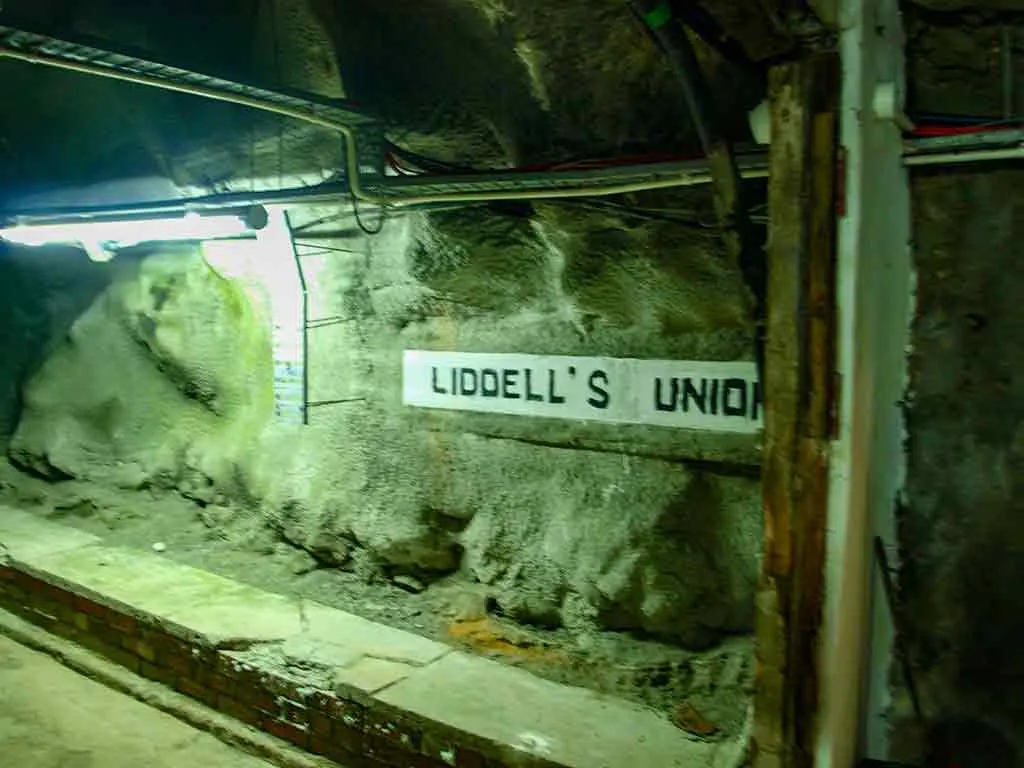
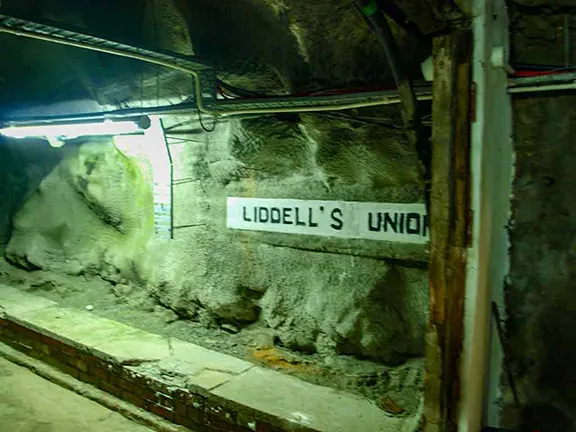
World War II Tunnels Liddell's Union
A decision was made to massively increase the size of the armed forces on Gibraltar and to protect them within the Rock. The tunneling was carried out by the Royal Engineers and a special unit from the Canadian Army.
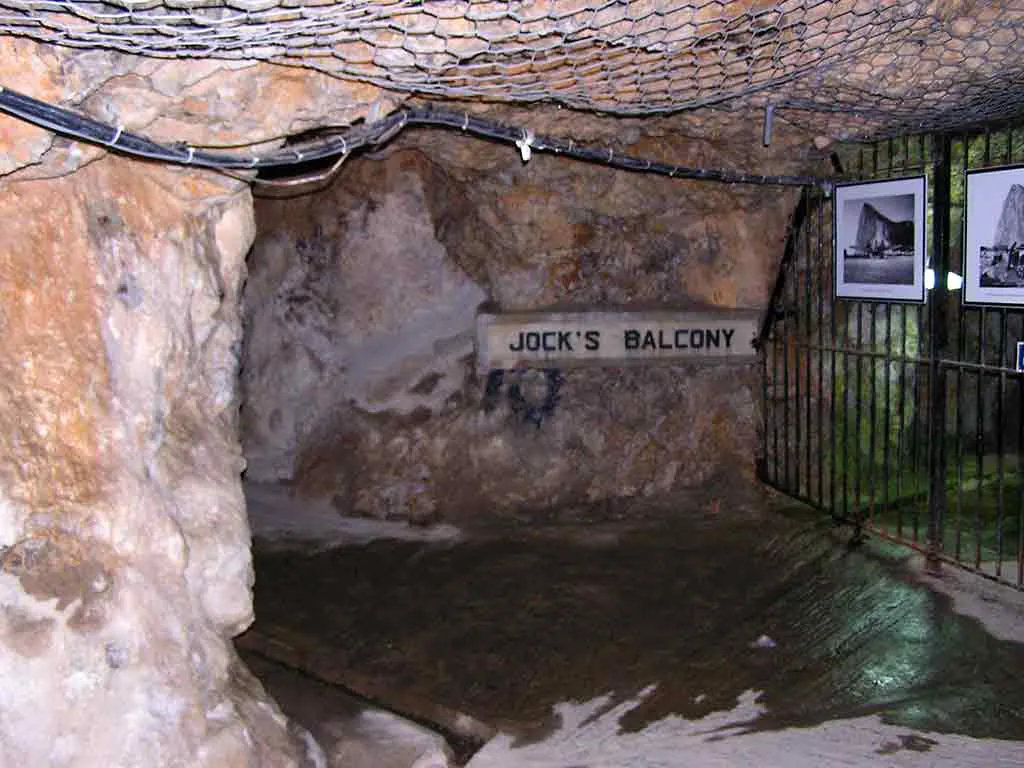
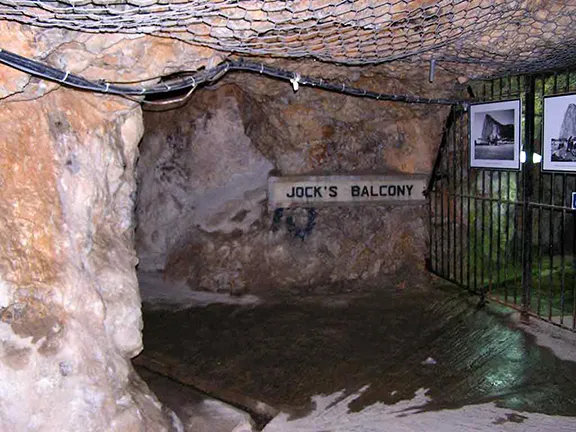
World War II Tunnels Jock's Gallery
The first task was to create a new Main Base.
This was positioned in the south-eastern part of the Rock where it would be shielded from any artillery bombardment from the Spanish mainland to the north. Tunnels connected Main Base with existing military bases on the west side of the Rock.
Two tunnels, the Great North Road and the Fosse Way, ran almost the length of the Rock to intersect with other tunnels.
Within the tunnels, there were also an underground telephone exchange, an electricity generating station, a water distillation plant, a huge water reservoir, a hospital, a bakery, ammunition magazines, fuel dumps, radio shack and a vehicle maintenance workshop.
At the end of the tunneling work, over 16,000 personnel could be housed within the Rock, with supplies that would last 16 months.
A command centre was established that became known as the Eisenhower Room.
It was from here that General Dwight Eisenhower directed the successful invasion of North Africa, Operation Torch, in November 1942.
In 2008, the command centre was handed over to a data security firm who updated security with CCTV and anybody entering the area must have special pass codes and keys. Maps from the 1942 operation still hang on the walls in the command centre.
Operation Tracer was conceived at the end of the summer of 1941, at a time when Allied expectations of a victory were at their lowest. It was a project to insert men in concealed tunnels in Gibraltar, Malta and Aden to monitor German naval operations.
The observation chamber, beneath Lord Airey’s Battery on Gibraltar, was only rediscovered in 1997. It was from here that six men would take it in shifts to observe enemy shipping movements through the Straits of Gibraltar for up to one year. This small complex included a 10,000 gallon water tank and a small radio room.
Visiting the World War II Tunnels in Gibraltar offers a compelling glimpse into the strategic military efforts during a pivotal time in history. They're a fascinating historical attraction, especially for those interested in the wartime history of Gibraltar and the role it played in the Allied efforts.
Part of this huge underground complex of tunnels can now be visited, including the storage areas. Notice how the roads are wide and high enough to allow goods wagons to pass through. The hospital is not somewhere you would like to be if you suffered from claustrophobia.
Much of the interest is in the display of photographs that were taken during the war showing how the personnel lived, how they entertained themselves, and generally coped with living underground for extended periods of time.
The names given to the tunnels reflect a nostalgia for home such as Clapham Junction, Jock’s Balcony and Liddell’s Union (you have to be a Scottish rugby union fan to know who Eric Liddell was). In an effort to make living as ‘normal’ as possible, the tunnels actually contained brick buildings, complete with roofs, and Nissen huts. No windows though.
The World War II Tunnels are located within the Upper Rock Nature Reserve and entry is included in the general admission ticket to the Upper Rock Nature Reserve. The entrance to the WWII Tunnels is distinct from the Great Siege Tunnels, so ensure your route is planned accordingly.
Do note that the Upper Rock Nature Reserve ticket does not include the cable car to the Top of the Rock. Instead, opt for the 1-day Gibraltar Pass which includes the cable car (and a few other useful things for your visit!). The pass is digital. You can access it via your mobile phone and scan it at all the included attractions, making it convenient and hassle-free.
Get the Gibraltar Pass in advance here:
Similar to the Great Siege Tunnels, visiting early in the morning or later in the afternoon can help avoid the busiest times. The temperature inside the tunnels remains cool throughout the year, providing a refreshing break from the Mediterranean heat.
The World War II Tunnels are less accessible than the Great Siege Tunnels, with more steps and uneven terrain. Visitors with mobility issues should inquire in advance about accessibility options. Allow 1 to 2 hours to fully explore these funnels.
If you're based in Costa del Sol, an easy way to visit Gibraltar is on a Malaga to Gibraltar Day Tour.
Read our articles for more on visiting Gibraltar:
For opening times of the WWII tunnels, click here